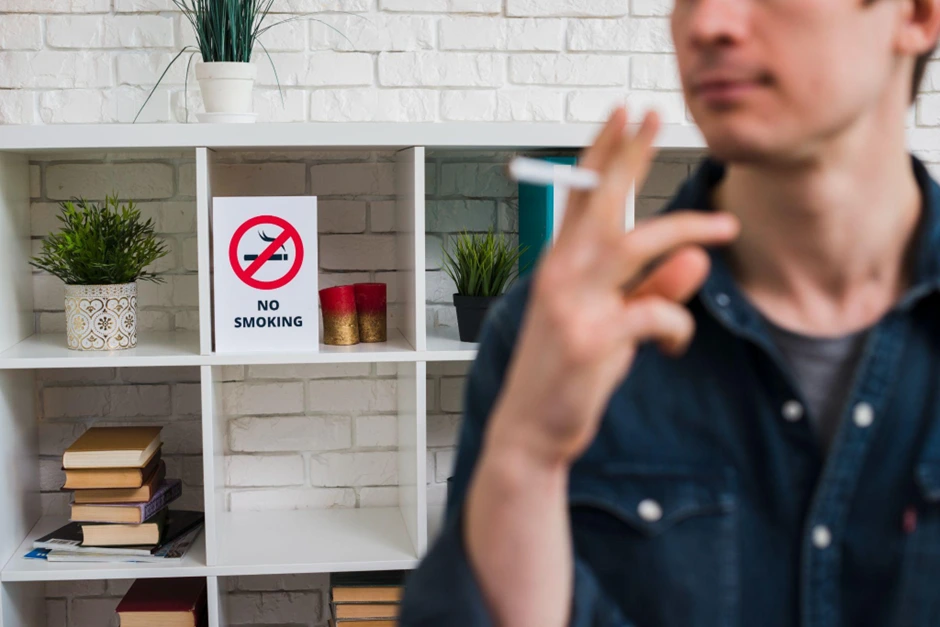Fire protection is the process of preventing, detecting, and suppressing fires to ensure the safety and well-being of people and assets. It is the use of specialized tools and equipment commonly referred to as fire equipment. These include fundamental safety features such as fire alarms, sprinklers, and extinguishers that are strategically located to address the various stages of a potential fire.
Fire protection is significant in the sense that it minimizes the risks present with fires and prevents any potential damages or loss that may occur. Fire safety is more than what the tools are, thus covering an all-inclusive strategy; educating the people about the best thing to do in case of a fire, so everyone knows what they should and should not do.
Fire safety measures, such as evacuation plans, knowing how to use the equipment, and very importantly, having the fire alarm systems to detect early on, allow communities and organizations to create a safe environment. In short, a fire safety device with all its array of equipment and safety measures has come to play a pivotal role in safeguarding lives and property from the potentially devastating impact of uncontrolled fires.

Having covered everything about fire safety, we shall now take the Do’s and Don’ts.
- Never use cardboard boxes, wooden crates, or other combustible materials to serve as dustbins in the workplace.
- Ensure proper dustbins are available for use. These should preferably be of noncombustible materials like metal, thus reducing risk from fire hazards by a very considerable margin.
- DO NOT collect unnecessary things in your workplace.
- DO remove unnecessary things from your workplace on a regular basis to ensure high standards of housekeeping in your workplace. Housekeeping is always about a clean and organized environment that will, therefore, help make the place safe and efficient for everyone in the workplace.
- DO NOT keep anything in the corridors, walkways, or passageways forming part of the emergency escape route at your workplace.
- DO maintain these areas by clearing corridors, walkways, and passageways of obstructions. This would ensure that in case of emergency, a clear escape route for everyone in the workplace is guaranteed.

- DO NOT leave food or other edibles accessible to rats.
- DO make sure food and other edibles are inaccessible to rats through proper storage facilities.
- DO NOT remove ceiling boards or use the ceiling void (i.e., the space above the suspended ceiling) for storage.
- DO ensure all ceiling boards are installed, not missing or damaged, and not to use the ceiling void as a storage area. This precaution does not allow the ceiling to be disturbed or tampered with and should ensure its stability, thus preventing workplace hazards.
- DO NOT paint over smoke/heat detectors or sprinkler heads. Then, refrain from suspending objects from them.
- DO not paint over or obstruct detectors and sprinkler heads with objects. Clearing these devices of obstructions is important to ensure proper operation in detecting and responding to potential fire hazards.
- DO NOT stack items to a height less than 0.5m (or 1m for warehouses) from sprinkler heads.
- DO ensure there is a clear headroom of 0.5m (or 1m for warehouses) between stacked goods and sprinkler heads. This precautionary measure is crucial to maintain the effectiveness of the sprinkler system and ensure that it can operate effectively in the event of a fire emergency.
- DO NOT store flammable liquids in fragile containers or place flammable substances in areas where a lot of heat can build up or near possible ignition sources.
- DO store flammable liquids in the right, break-resistant containers. Flammable materials must be stored in well-ventilated areas and kept away from ignition sources. All these safety measures are very important in preventing an accident and using flammable materials safely.
- AVOID closing ventilation openings or ignoring the replacement of a non-operational/inoperative ventilation fan.
- DO ensure that ventilation apertures or openings are unsealed and then fix a defected ventilation fan. This prevents poor air exchange and,of course, danger to human and animal life alike.
- Do NOT use candles, open flames in general, even light because of power blackouts.
- DO leave at least two battery-powered flashlight torches because this will act as an alternative source of light upon power blackout.
- AVOID smoking in established “No Smoking” areas.

- RESPONSIBLY enforce the prohibition of smoking at your place/establishment premises.
- OPERATE only equipment/machines with clean/greasy free devices. Equipment or machinery shall also be kept thoroughly cleaned and serviced to function to their highest abilities.
- DO NOT leave any equipment/machinery heavy, on-going. A licensed operator shall accompany the operation or machine while still in operation.
- Leave no electrical appliances on, especially after office/working hours. Instead, switch off all electrical appliances at the mains for energy saving and safety enhancement.
- DO NOT keep flammable or combustible liquids or objects close to electrical switchboards or enclosures that house electrical components. Keep such areas free of anything that can catch fire to make the working place safe.
Make sure to follow this checklist for fire safety to keep everyone and everything safe from fires. It’s important to prevent dangers and protect people and things in case of a fire.
| DO NOT | DO |
|---|---|
| Dispose of oil-soaked rags in combustible receptacles. | Dispose of oil-soaked rags in self-closing metal bins. |
| Use electrical equipment with poor wiring (frayed cables, loose connections) | Ensure wiring is in good condition; if defective, get a licensed electrician to check and rectify it immediately. |
| Overload electrical circuits by drawing current from one power outlet to multiple appliances. | Use one power outlet for one electrical appliance or equipment, wherever possible. |
| Allow electrical fitting works by non-qualified or unauthorised personnel. | Engage licensed electricians for all electrical fitting works. |
| Use electrical closets or compartments housing dry riser inlets/outlets, hose reels, etc., for storage | Ensure closets and compartments are clean and free of obstructions at all times. |
| Use staircases as rest areas or storage spaces. | Keep staircases free of obstructions at all times. |
| Burn joss sticks, oil, incense paper, and other offerings in religious ceremonies on the premises. | Use electrical or battery-operated joss sticks, lamps, and candles. |
| Cook in the premises using open-flame stoves or electrical hot plates (except in allowed areas like kitchens) | Use microwaves or electrical ovens for heating food. |
| Wedge opens any fire door. | Ensure fire doors are kept closed but unlocked at all times. |
| Obstruct access to a fire hose reel or a fire extinguisher. | Keep hose reel cabinets and fire extinguishers free from any obstruction. |
In conclusion, prioritising the guidelines within this fire safety checklist is fundamental for robust fire protection. By steering clear of hazardous practices and embracing recommended safety measures, we actively contribute to cultivating a secure environment. This approach not only shields individuals and property from potential fire hazards but also fortifies a proactive stance toward fire protection. Consistent adherence to these principles fosters a safer workplace, minimising accident risks and underscoring the importance of ongoing efforts in fire prevention and protection.





